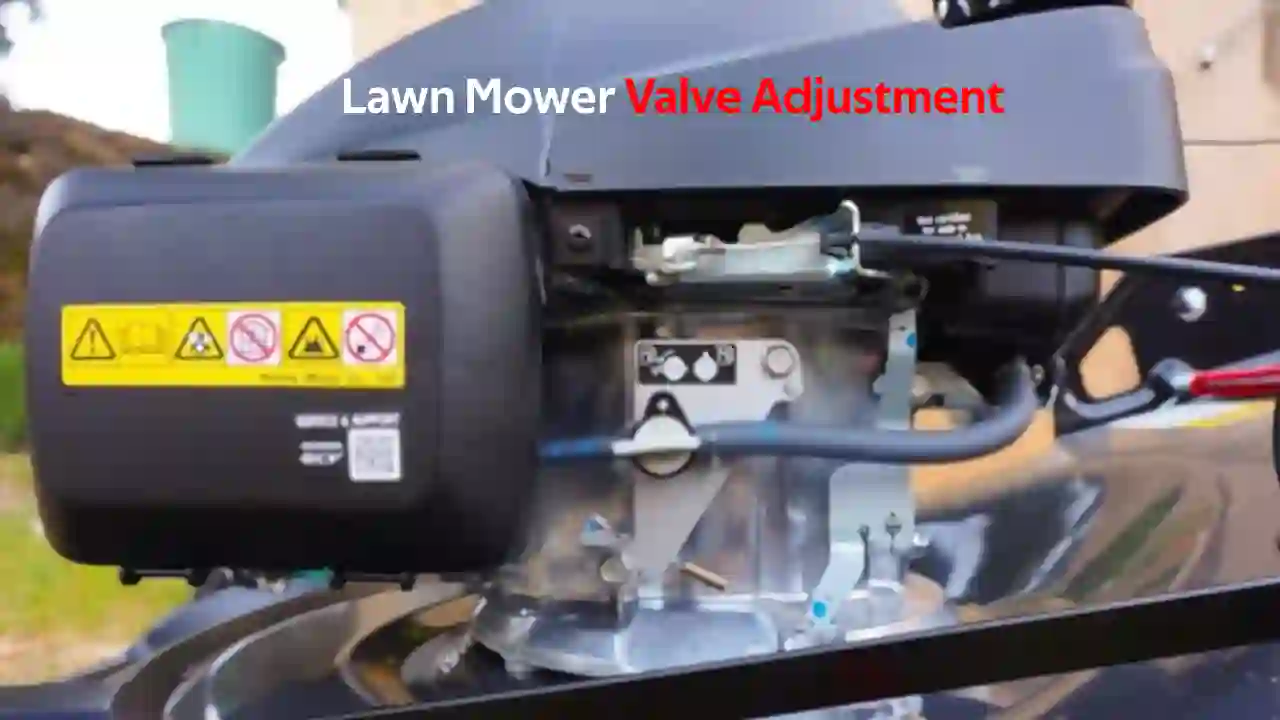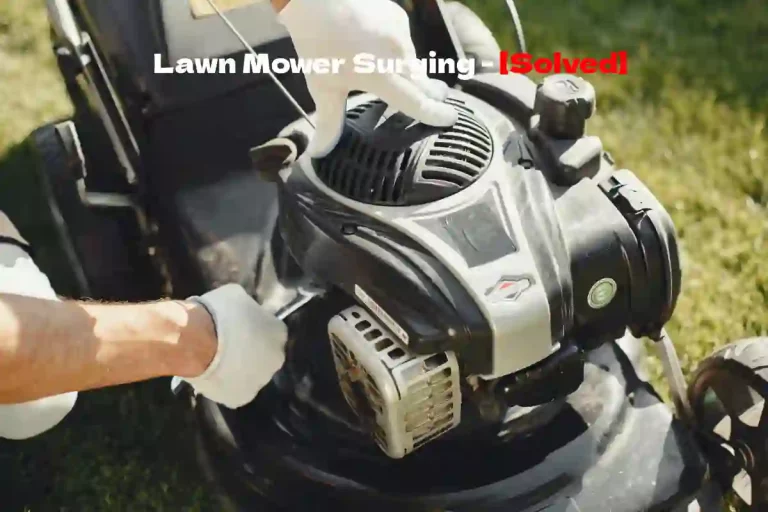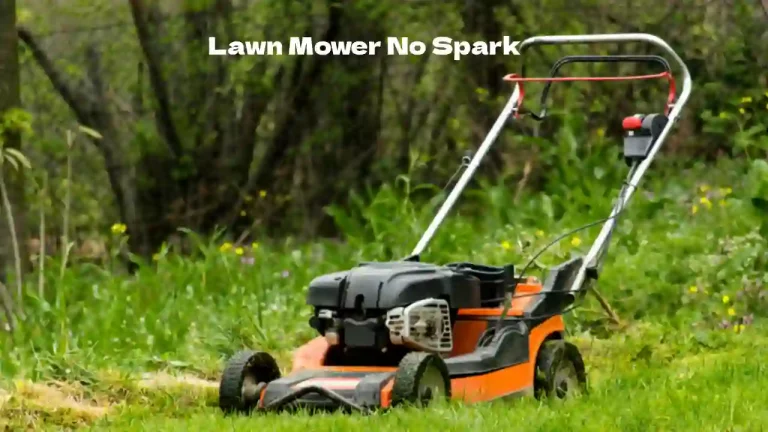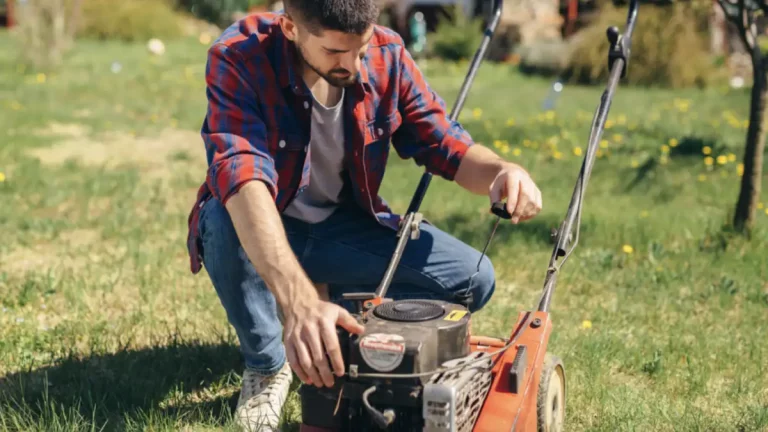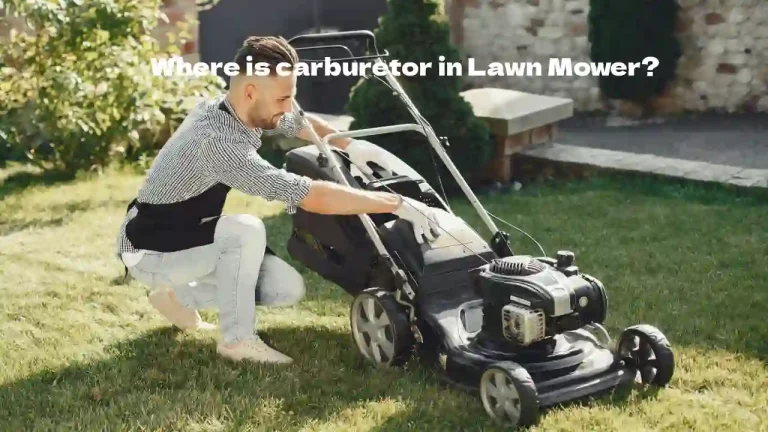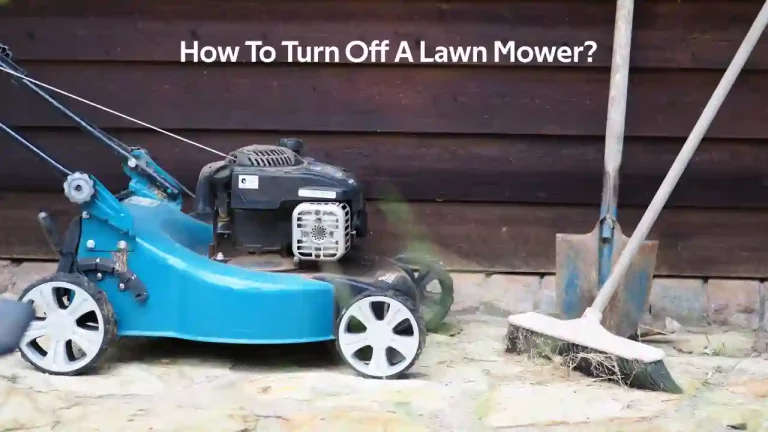The number of different components which run in sync and make an engine run correctly is mind-blowing. Fifty times a second, in sequence with the piston, the intake valve must open and push the gas/air mixture into the cylinder and close, the coil must make the spark plug fire at the optimal moment, the exhaust valve has to open, expel the expended gasses, and close.
To adjust the valves on a lawnmower, carry out the following steps.
- Find out the valve clearances for your lawnmower.
- Take off the engine components, which restrict access to the valves.
- Check the valve and pushrod action.
- Adjust the valves.
- Put the engine back together.
The intake and exhaust valves must be undamaged, correctly installed, and properly adjusted to ensure that the lawnmower engine works optimally. If this is not the case, the engine will display symptoms that range from being underpowered and difficult to start or may leak oil.
Mower Engine Valve Adjustment
The following sections describe the common symptoms of a faulty or badly adjusted valve are listed.
Assuming that you have narrowed down the possibility that the lawnmower valves need adjusting, the following guide details the steps necessary to adjust the lawnmower engine valves.
The adjustment measurements are different for each engine manufacturer, and these must be ascertained before you make any changes.
The most common lawnmower engines used are
- Briggs and Stratton
- Honda
- Kohler
- Kawasaki
Step One – Access The Valve Chamber
The following steps are needed to access the valve chamber.
- Remove the spark plug and turn off the gas tap.
- Remove the exhaust muffler, crankcase breather, and rocker cover.
- Try to preserve the gaskets because if in good condition, you can reuse them.
Step Two – Check The Valve Action
Request an assistant to pull the starter cord to rotate the engine slowly, and you watch both valves open and close.
Step Three – Check The Pushrod Action
If the engine is an Overhead Cam Unit (OCU), no pushrod will be installed.
On other engines, turning the engine slowly allows you to check that both valve springs are being compressed in turn.
It is useful to check that the pushrods are secured in place and are not bent or damaged.
Step Four – Adjust The Valves
The intake valve is positioned in line with the carburetor, and the exhaust valve is in line with the muffler.
Turn the engine very slowly until the intake valve is fully compressed. It is stage One.
Gently push a blunt object into the spark plug hole and check the position of the piston. Slowly rotate the engine clockwise (by grabbing hold of the blade). When the piston pushes the blunt object out as far as possible, the engine is in the Top Dead Centre (TOD) position and is Stage Two.
Continue turning the blade until the blunt object goes ¼ inch into the cylinder. It is now in stage three, and the valve springs are unloaded, and you can adjust the valves.
Each valve has different gap settings.
Check the gap with a feeler gauge. If it fits and you feel a slight resistance, it does not need adjusting. If loose, it needs adjustment.
Release the locknut on top of the valve.
Turn the adjusting nut 1/8th clockwise while checking the feeler gauge clearance.
When the correct clearance is set, tighten the locknut, and reattach the parts in the reverse sequence.
What Do Lawn Mower Engine Valves Do?
While the combustion itself requires the piston chamber to be completely airtight, it also needs to allow the fuel/air vapor and exhaust gasses to be expelled.
Two valves that open and close function as follows;
- The intake valve opens as the piston moves up and allows the gas/air mixture into the chamber.
- The valve closes when the piston is at the top of its travel, making the cylinder airtight.
- The combustion (explosion) occurs, and the piston is forced down because the chamber is airtight.
- At the end of its cycle, the exhaust valve opens, expelling the combusted gasses out of the exhaust.
- The exhaust valve closes, and the cycle continues.
Pushrods or a camshaft activate the valves. The valves are opened and closed by the pushrod or camshaft.
It pushes on rockers, which manipulate the position of the valve.
The valve lash is the space between the valve tip and rocker.
What Are The Symptoms Of Faulty Valves?
If any valves are faulty or dirty, or the valve lashes are too big, the lawnmower engine may begin to display the following systems.
- It becomes hard to pull on the starter cord.
- Hard starting.
- Lack of power.
- Rough running.
- Oil leaks.
- Excessive Smoke.
It Becomes Hard To Pull On The Starter Cord
If the starter cord resists being pulled, it may be because the valves are not opening, and the compression within the piston chamber resists the rope’s movement.
Lawnmowers generally have a release mechanism that opens the valves early and releases the cylinder pressure, making it easier to pull the chord. While this may be the cause, it is more likely, that the valve lash (gap) has become larger through wear and tear and needs to be adjusted.
It is important to note that this is not the only possible cause, and a hard-to-pull chord may also be caused by;
- A broken branch or some other debris prevents the blade from turning.
- The pull cord assembly is damaged.
- There is a faulty with the carburetor needle, causing a hydro lock.
- The flywheel brake is damaged.
- The flywheel key is broken.
- Something else is wrong with the engine, possibly a bent camshaft.
Valves May Need Adjusting When The Engine Is Hard To Start
If you have checked the most obvious issues, including;
- Bad or insufficient gas.
- Faulty sparkplug of lead.
- Clogged air filter.
- A faulty or gummed-up carburetor.
- A faulty coil.
- A bail lever/ignition fault.
- Bad flywheel timing.
It may be necessary to check the valves.
If the valve gap (lash) gets larger with wear, the valve sticks in place or the valve train components are damaged, it will affect the starting ability of the lawnmower.
If the valve is stuck open, there will be no compression, and the engine will not start. If the lawnmower has been stored for the off-season, it is relatively common for this to be an issue.
The Valve May Be The Issue If The Lawnmower Lacks Power
If the valve lash is too large or the valve seals are damaged, it will allow combustion gasses to escape through the valve and not be available to force the piston down.
The engine will lose power.
If the valve gap is too big, it could produce a tapping sound. It needs to be adjusted or repaired because it will cause unnecessary wear to the engine.
A Faulty Valve May Cause The Lawnmower Engine To Run Roughly
If the valve is sticking, or there is excessive valve lash, it will affect the volume of air and gas in the cylinder, which, in turn, will cause the engine t run roughly.
A simple adjustment will normally correct this.
Faulty Valves May Cause Oil Leaks From The Lawnmower Engine
The oil in the lawnmower engine lubricates the piston chamber walls to allow the piston and rings to move up and down without causing excessive wear.
If the lawnmower is leaking oil or using more than normal, it may be
- Faulty valve seals.
- The valve gap (lash) is too large.
Excessively Smoking Lawnmower Engine May Be Caused By Valves
If the lawnmower engine is smoking excessively, particularly when you start it or select full speed after it has been idling, it may signal that the valves are an issue.
Other causes of smoke include;
- Oil leaking into the carburetor or exhaust (tilting the lawnmower the incorrect way)
- The piston rings are faulty
- The valve guides are worn or badly adjusted.
Conclusion
A lawnmower that is difficult to start or is not running well may result from misadjusted, faulty, or sticking valves. Accessing the valves is not difficult in most lawnmower engines, and adjustments can be easily made.
However, before you start checking the valves, first ensure that an easier-to-reach component does not cause the problem.

